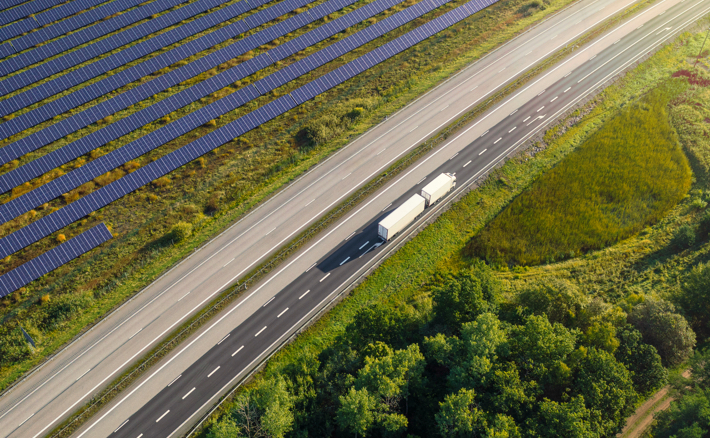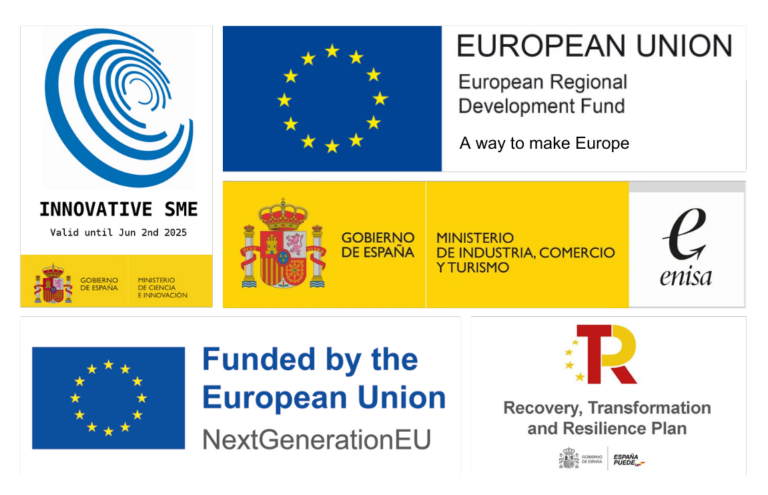At FOSSA we believe in the powerful impact we can have in sustainability in the Oil & Gas industry. By enabling remote monitoring, predictive maintenance, and energy optimization, it can enhance infrastructure and innovation. This means less downtime, improved safety, and better productivity, which contributes to SDG 9: Industry, Innovation, and Infrastructure.
IoT can also promote responsible consumption and production by tracking and managing resources, especially water usage. With IoT-enabled sensors, leaks can be detected, and water usage can be monitored, leading to less waste and more conservation of resources. And this, contributes to SDG 12: Responsible Consumption and Production.
IoT can also play a huge role in mitigating climate change by monitoring and managing greenhouse gas emissions. By measuring emissions and identifying areas for improvement, carbon footprints can be reduced, which contributes to SDG 13: Climate Action.
With IoT you can also enhance worker safety, with remote monitoring, accidents can be detected and prevented, leading to improved safety and fewer fatalities. This contributes to SDG 8: Decent Work and Economic Growth.
Finally, IoT can help create sustainable cities and communities by reducing traffic congestion and improving air quality through optimized transportation routes and reduced fuel consumption. According to the World Economic Forum, IoT-enabled transportation optimization could reduce global emissions by 1.5 gigatons of CO2 per year by 2030, this contributes to SDG 11: Sustainable Cities and Communities.




